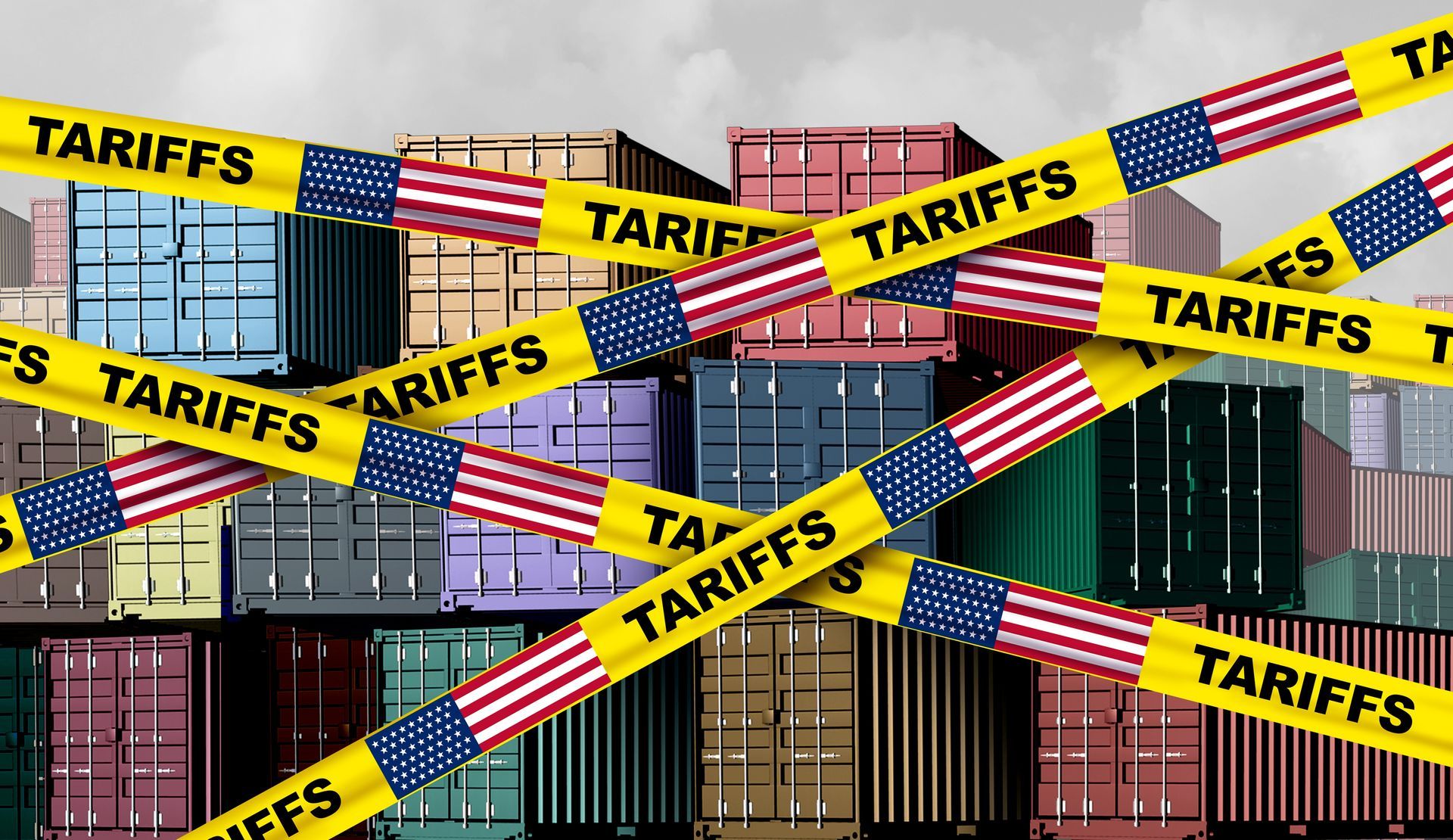Does your company have a viable drawback opportunity?
February 11, 2022
Duty Drawback is a refund from Customs, for 99% of the duties paid on imported materials that are subsequently exported, destroyed or used in the manufacture of exported goods.
Today, only about 25 percent of eligible duty is being recovered. This means that $5 billion dollars goes unclaimed for drawback, and that money might be yours. So, how do you know if you are a candidate for a lucrative duty drawback program?
- You import and export. Excellent!
- How much duty do you pay annually in duties?
- What percentage of your overall sales are exported?
This quick calculation will provide you with a basic estimation of what you may be entitled to recover. But don’t get discouraged if that number is not significant or if you are not an importer and/or exporter. Let’s dig deeper :
- Do you buy items domestically that are imported by your vendor upon which they pay duty?
Let’s find out what kind of duty they are paying on the items that they sell to you and finish the second half of the equation. That duty is getting passed onto you in the cost and with proper support data, you can claim it back once the items are exported.
- What if you don’t export?
- You sell domestically but your customer exports?
Let’s flip the scenario and find out how much of your imported item your customer is exporting. You may have one domestic customer or many, but their export activity can also be used in your drawback program.
- Do you want to learn more?
Join us for our panel discussion on determining how much of that $5 billion dollars might be yours!
Get actionable advice on cost-saving strategies that boost your bottom line.
Subscribe here:

The latest on the reciprocal tariffs have them hanging in the balance. On August 29, 2025, the U.S. Court of Appeals for the Federal Circuit, affirmed a lower court decision finding that the reciprocal tariffs exceeded presidential authority under IEEPA. The court stayed its mandate until October 14, 2025, giving the g

On July 27th, the Trump Administration announced a deal with the EU imposing tariffs of 15% on most goods entering the US from Europe. As of August 1st, the 15% blanket tariff will cover most US imports. The US will have a 0% tariff for some items including equipment for US manufacturing and generic medicines.

The American company reached out to ITM for guidance. They were pleased to learn that under U.S. Customs regulations, they could file for duty drawback—a refund of duties paid—on expired and destroyed goods. Within just four months, ITM had successfully obtained the required authorizations and filed all claims related to the product destructions. Due to ITM’s relationship USCBP, and their expertise, over $850,000 in duty refunds was recouped.

On May 28, 2025, a U.S. trade court ruled that President Donald Trump over stepped his authority in imposing the reciprocal tariffs. At that time, the court ordered an immediate block on said tariffs. As of May 29, 2025 a federal appeals court temporarily reinstated the most sweeping of Trump's tariffs. Pausing the lower court’s ruling, The United States Court of Appeals for the Federal Circuit in Washington is going to consider the government's appeal, and has ordered the plaintiffs in the cases to respond by June 5 and the administration by June 9. This is a developing situation and we will do our best to keep the information coming.

This jewelry retailer's duty drawback success story demonstrates the significant impact that a well-managed duty drawback program can have on profitability. By recovering significant funds, the jewelry retailer was able to reinvest in their business, enhance competitiveness, and strengthen their bottom line in a challenging market.

As of 12:01am, March 4, 2025, tariffs of 25% are effective on products from Canada and Mexico and energy products from Canada are subject to a 10% duty. Products that are presently excluded from these tariffs include goods that are for personal use, goods entered under Chapter 98, donations that are imported under HTSUS 9903.01.21and merely information items included under HTSUS 9903.01.22. All other imported items will carry the 25% tariff and no drawback is permitted on these duties.

The upcoming changes to steel and aluminum tariffs will significantly impact the steel and aluminum industries, with numerous provisions to ensure compliance. Importers, exporters, and manufacturers in the steel and aluminum sectors should stay informed about the latest developments and ensure their operations are aligned with these new tariff regulations.

On February 1, 2025, President Trump signed an Executive Order (EO) that imposes an additional 10% ad valorem tariff on most imports from China, which includes products of Hong Kong. U.S. Customs and Border Protection (CBP) quickly followed up with important guidance regarding these changes, particularly impacting the trade community's handling of de minimis shipments from China. Effective February 4, 2025, de minimis shipments from China will no longer be eligible for the administrative exemption from duty under 19 U.S.C. § 1321(a)(2)(C), and will be subject to the new 10% tariffs. Here's everything you need to know about the changes:













